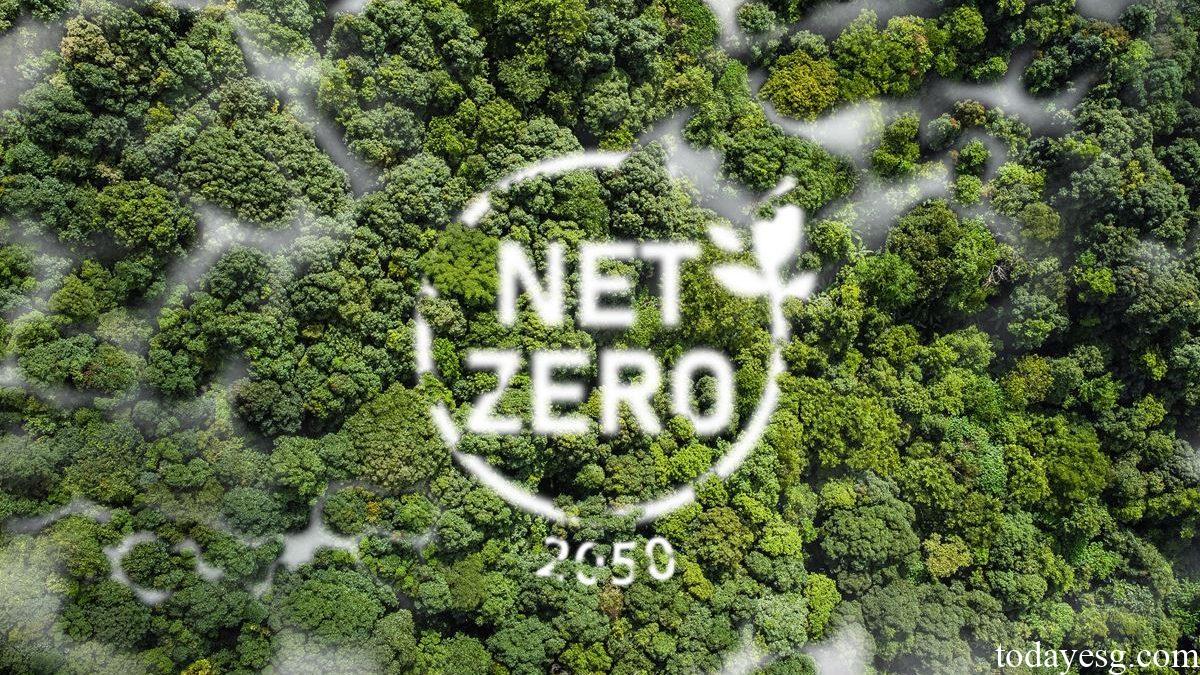Amundi Launches a Series of ESG Funds
International asset management company Amundi has announced the launch of a series of net zero strategy ESG funds, aimed at investing in companies that have performed well in low-carbon transition and striving to achieve the global net zero emissions target by 2050.
Amundi believes that the financial industry is an essential participant in net zero transition, which can promote companies to reduce carbon emissions and find suitable returns for investors. As the largest asset management company in Europe and a member of the Net Zero Asset Manager Initiative, Amundi is adopting an active business policy to help the company incorporate its Net Zero plan into its business model.
Design Method of Net Zero Strategy Funds
The ESG funds launched by Amundi this time include two categories: actively managed funds and ETFs. For actively managed funds, Amundi has set a common investment goal, which is to reduce the carbon emission intensity of the investment portfolio by 30% by 2025 and 60% by 2030 based on emissions in 2019.
Amundi believes that the total size of the global asset management industry will reach $145 trillion by 2025, which is sufficient to help the world achieve net zero transition. The funds will evaluate the credibility and feasibility of the company’s net zero plan and select the company that is most likely to complete the emission reduction plan.

Net zero Strategy ESG Funds: Equities and Bonds
Amundi has launched corresponding net zero strategy ESG funds for different asset classes, aiming to provide investors with ample asset allocation options. These funds can target both institutional and individual investors.
In terms of equity assets, Amundi has launched Amundi Funds Net Zero Ambition Global Equity and Amundi Funds Net Zero Ambition Top European Players. The funds used a proprietary measurement to evaluate the externality of carbon by using Environmental Capital. Environmental Capital introduces cost of carbon reductions based on the Return on Invested Capital.
Two equity funds focus on large cap stocks, including Climate Champions (companies that perform well intransition), Climate Committed (companies that are taking net zero measures), and Climate Enablers (companies that provide products and services for carbon reduction).
In terms of bonds, Amundi has launched Amundi Funds Net Zero Ambition Global Corporate Bond and Amundi Funds Net Zero Ambition Pioneer US Corporate Bond. These funds aim to select funds with lower carbon emissions based on benchmarks (Solid Paris Aligned Global Corporate and MSCI US Corporate Paris Aligned Index) and prefer issuers with forward-looking carbon reduction targets.
Net zero Strategy ESG Funds: Multi Asset and Alternative Investment
In addition to the traditional funds, Amundi also launched some multi asset and alternative investment funds.
In terms of multi assets, Amundi has launched Amundi Funds Net Zero Ambition Multi Asset, aiming to reduce the carbon intensity of investment portfolios and provide funding for energy transition. The fund will be based on Climate Aware scenarios and rely on financial and climate indicators such as carbon emissions, greenhouse gas reduction targets, and green financing to select suitable investment targets.
In terms of emerging markets, Amundi has launched Amundi EM Equity Target Net Zero, using a bottom-up analysis method to invest in emerging markets that are most likely to achieve net zero targets. The benchmark for this fund is MSCI EM Climate PAB Index, and it is one of the few funds in the market that focuses on carbon reduction strategies in emerging markets.
In the real estate industry, Amundi has launched the Amundi Real Estate European Net Zero Ambition Strategy, which mainly invests in the European market and focuses on industries such as logistics, residential, and hotels. Its goal is to reduce the carbon emissions of its investment portfolio by 40% by 2030. Amundi believes that low-carbon assets will be more attractive to tenants and investors and they can maintain long-term value in the future.
Reference:








